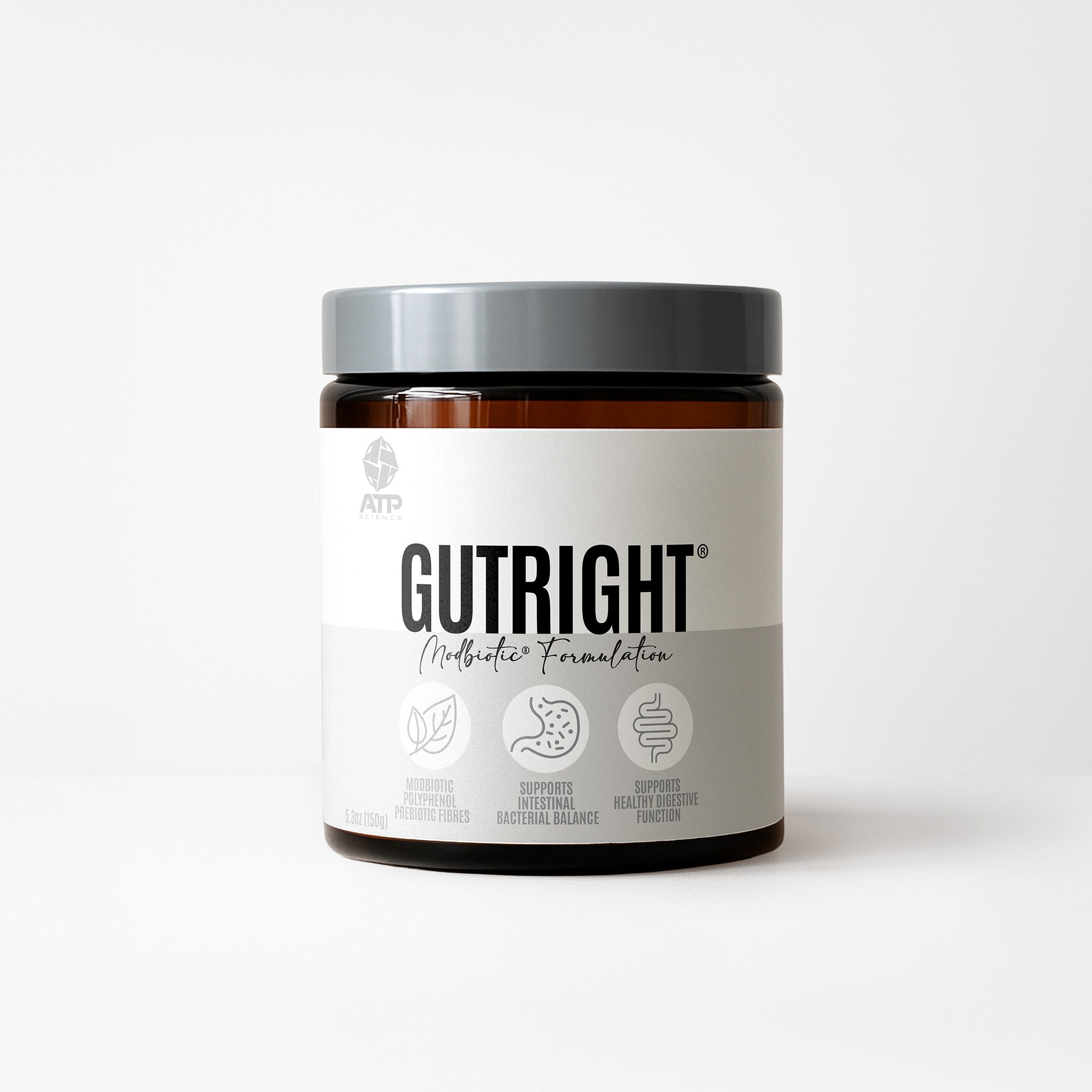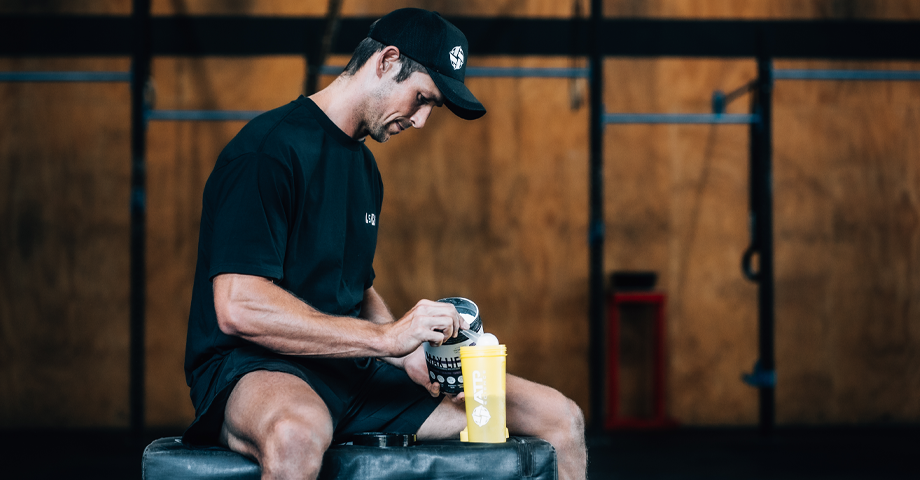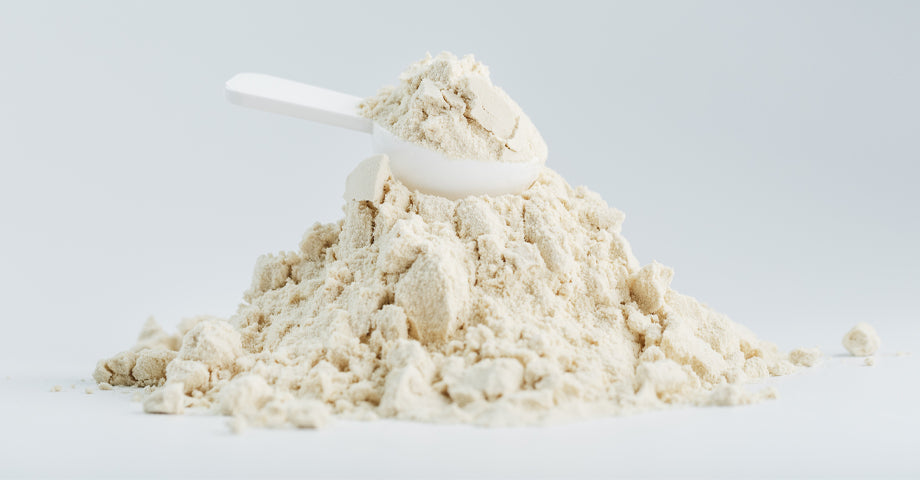Diagnosis of candida infection
Diagnosis of candida can be quite difficult as it colonises most people and does not always cause infection or any symptoms at all. Other than the obvious signs of a cutaneous infections such as thrush or skin rash, it can cause a vague myriad of symptoms.
There are some pathology tests available for candidiasis
• Candida antibody panel (IgG, IgM, IgA)
• Digestive stool analysis and culture.
• Organic acid profile.
Treatment strategy for candidiasis
Your internal membranes can have a surface area of to 400sqm and the surface area of your skin is approximately 2sqm. You can have up to 10 times as many organisms on these membranes as you may have whole cells of your whole body. Some of these organisms are friendly to their host (you), providing fuel for the health of the membrane and aiding in digestion and activation of certain nutrients, some of these organisms are bad and can overpopulate and cause infection. These organisms compete with each other for binding sites and food and maintain a healthy balance. Any populations of organisms that overgrow and attempt to invade your body are must be eliminated by your immune system. As mentioned earlier the most common cause of candida infection is immune suppression and / or poor microbial balance on the mucous membranes.
Imagine the lawn in your back yard. We want lots of nice grass to cover the dirt. Candidiasis is like a lawn full of weeds. If we throw fertilizer and a food supply (prebiotics) all over the lawn the weeds will be fed and will thrive. Using friendly bacteria (probiotics) alone is like throwing grass seeds all over the lawn and expecting them to be able to get rid of the weeds, but the weeds are too strong and there is no way the grass seeds will be able to compete with a weed for a binding site and food.
You may have heard the phrase weed, seed and feed. This is can be an effective anti-candida strategy when done correctly.
- Weed - We must starve the candida and simultaneously poison it.
- Seed - We must throw down the grass seeds (probiotics) so they are there and capable of growing when the binding sites and food supply is available.
- Feed - Once the weeds (candida) have been sufficiently killed off and grass seeds (probiotics) are starting to bind and grow, we can feed them with a good healthy diet or specific bug food (prebiotics) so they can grow and effectively compete with the candida.
How can I poison candida?
Natural Antifungals
Polygodial is a spicy compound found in many herbs and peppers that has been well researched and demonstrated potent anti-fungal activity. Polygodial exerts in antifungal activity using a variety of mechanisms to disrupt the membrane structure and function of fungi and yeast. Sources of polygodial include: Vietnamese hot mint (Persicaria odorata, Polygonum odoratum), Dorrigo pepper (Tasmannia stipitata), Mountain pepper (Tasmannia lanceolata), horopito Pseudowintera colorata, and water pepper (Polygonum hydropiper).As polygodial has antibacterial, antifungal and anti-yeast properties it will kill many forms of probiotics including Saccharomyces boulardii and lactobacillus sp. Therefore I recommend using them separately to avoid wasting both, the antimicrobial and the probiotic.
Anethole is an aromatic compound found in the botanical family Apiaceae, which includes Anise seed / star anise and fennel seed, anise myrtle and licorice. Anethole works synergistically with antifungals to enhance their fungicidal activity. It has been studied and shown to be an effective combination with polygodial. These hebs also help to relieve some symptoms associated with the “herxheimer reaction” by relieving bloating, gas, spasms and nausea.
Other natural antifungals with a reputation and many anecdotal reports claiming anti-candida properties include Berberis aquifolium, Grapefruit seed extract (commonly called citrus seed extract), Pau D’arco (Tabebuia avellanedae), Golden seal (Hydrastis Canadensis), Garlic, Thyme oil, and oregano oil. Naturopaths can prescribe combinations of these natural antifungals specific to your case.
Baical skullcap is a herb traditionally used to aid in treatment of allergies and stress. Recent studies have shown an ability to damage candida albicans and induce a self-destruct mechanism causing them to die off. Radishes may also induce self-destruct mechanisms in candida according to new research.
Licorice root has anti-candida properties and has been shown to be active against drug resistant mutant strains. Licorice should only be used under naturopathic supervision as it may increase blood pressure in some individuals.
Coconut oil contains lauric acid, capric acid and caprylic acid, which have shown anti-candida properties. A common dosage strategy for using pure cold pressed extra virgin coconut oil internally is to start with a few teaspoons with meals and gradually increase the dose to a maximum dose of 1 tablespoon 3 times daily before meals. You can also cook with coconut oil and it is one of the few oils that can handle high heat it may also be used topically for skin and vaginal thrush. Coconut milk and cream are also effective when added to a bath or used as a douche for vaginal thrush, but make sure you use the full fat varieties.
Biotin is a B vitamin and is a common ingredient in a B complex supplement. Friendly bacteria, which colonise the gastrointestinal tract and feed on fibre and oligosaccharides (prebiotics, discussed later) produce Biotin. Biotin inhibits the growth and virulence of candida species.
How do I starve candida?
Candida feed on glycogen in membranes and sugar in foods and your blood stream.
The only way to starve candida is to avoid sugars. Simple and complex sugars (complex carbohydrates) will provide food for candida. This includes glucose, fructose, lactose, sucrose, starches and complex carbohydrates. An anti-candida diet should be an extremely low carbohydrate diet. Once the candida have been sufficiently killed off and suppressed carbohydrates will be reintroduced as a food supply for the friendly beneficial bacteria (gut flora). A comprehensive list is available in the appendix. A basic summary of foods to eat and avoid is listed below.
Foods to avoid
• Bread, Pasta, Rice, noodles, cereals and grains.
• Biscuits, crackers and chips.
• Corn, Carrot, Potato, pumpkin and sweet potato
• Most Fruit and Fruit Juice (exceptions listed below)
• Alcohol
• Dairy except for hard / sharp cheeses.
• Sugar
Foods to eat
• Meat and seafood
• Eggs
• Hard and sharp cheeses such as Parmesan and Romano.
• High quality yoghurts that are sour and contain live acidophilus bacteria.
• Garlic, onion, capsicum, zucchini, chilli, tomato, broccoli, cauliflower, Brussels sprouts, red radish and daikon radish.
• Parsley, lettuce, rocket, sage, mint, thyme*, oregano*, Vietnamese mint*, Dorrigo pepper*, mountain pepper*, cardamom, cinnamon, coriander, radishes*
• Coconut products*, coconut milk and cream (full fat NOT light), coconut
• Olive oil, linseed (flax) oil, coconut oil,
• Home made mayonnaise, aioli.
• Cranberry, raspberry, strawberry and kiwi fruit
What about yeast foods?
I have researched and observed many different forms of so-called anti-candida diets. A common theme is to avoid foods, which contain yeast. This can cause a lot of confusion and poor results for patients as the most important factor in starving candida is to significantly reduce simple and complex carbohydrates. I mention this because yeast free breads, corn crackers, rice cakes etc still contain sugars. Candida is often grown in a petri dish in laboratories for scientific purposes. It is grown on agar with rice or corn meal as a food supply. (Refer to anti-candida diet sheet for complete list).
Candida can increase allergies and intolerances to foods especially yeast and mold.
Candida can cause immune dysregulation and increased gut permeability, which can increase allergic inflammation and cause multiple sensitivities and intolerances. Intolerances to other forms of yeast, mold and fungi are common and avoidance of these foods can often improve symptoms. This does not necessarily mean that they contain or specifically feed candida, it actually is an indication of immune dysregulation and poor gut function. After the candida overgrowth has been resolved and the gut wall has healed the innate immune system becomes less reactive and these foods can be tolerated in small doses. An elimination diet is the best way to test your oral tolerance through a restriction phase followed by a re-challenging phase.
What are probiotics?
Probiotics – meaning "for life," is derived from the Greek language. The World Health Organization defines probiotics as “live microorganisms which when administered in adequate amounts confer a health benefit on the host”. They are basically “live organisms” (usually bacteria and yeasts), which can be supplemented and can colonize and live inside a host (you). They will compete for adhesion and binding sites and will compete for food with other pathogenic organisms including candida.
What strains of probiotics and when?
The ability of Candida albicans to establish colonization at various mucosal surfaces is highly dependent on the presence or absence of members of the normal bacterial microflora.
Supplementing the diet with lactic acid bacteria (including L. acidophilus, L. rhamnosus LGG, L. plantarum 299v, L. casei, L. paracasei, L. fermentum, Lactobacillus delbrueckii, Lactobacillus pentosus and Weissella kimchii PL9023) are known to inhibit Candida albicans binding, adherence and colonization of the epithelium of the gastrointestinal tract and vaginal epithelium and prevent subsequent hyphal invasion and systemic infection. They do this via competitive exclusion and production of hydrogen peroxide and short chain fatty acids, in particular butyric acid, through anaerobic fermentation.
The most effective strains to prevent candida overgrowth include L. delbrueckii, which produces large quantities of hydrogen peroxide, which has anti-candida activity. L. plantarum has shown activity against candida by generating substantial amounts of butyric acid. Butyric acid inhibits morphogenesis, germ tube formation and germination. And L. acidophilus, L. rhamnosus GR-1 and L. fermentum RC-14 help to prevent recurrence of vaginal Candidiasis.
Bifodobacterium longum, B. infantis and B. lactis, B. bifidum have all shown an ability to reduce candida growth and infection. This may be due to competitive exclusion or may be explained by their ability to digest prebiotics to create biotin. Saccharomyces boulardii is a member of the same species of yeast as saccharomyces cerevisiae (also known as bakers yeast or brewer’s yeast) and has been shown to be effective in aiding the treatment of many forms of diarrhoea, inflammatory bowel disease and irritable bowel syndrome. It may also help to prevent candida growth and virulence and competes with candida for adhesion sites and food. As it is yeast it can be taken with antibiotics to prevent antibiotic induced diarrhoea and candida overgrowth. However it will probably be destroyed by many herbs, which destroy yeast and fungi. Therefore I suggest it is used as a preventative during antibiotic therapy, or after anti-candida and anti-fungal treatment to prevent recurrence of candida.
Weissella kimchii PL9023 has shown promise as a potential tool in the fight against candida as it generates a substantial amount of hydrogen peroxide and inhibited the growth and adherence of vaginal isolates of Candida albicans, Escherichia coli, Staphylococcus aureus and Streptococcus agalactiae.
Caution should be taken when using probiotics in critically ill and severely immune compromised patients, as they are living organisms with the potential to cause systemic infection and fungal sepsis. This is a very rare occurrence but something we should be aware of.
What are prebiotics?
Prebiotics are defined as "a non-digestible food ingredient that beneficially affects the host by selectively stimulating the growth and/or activity of one or a limited number of bacteria in the colon."
They are basically complex sugar molecules or fibre that specifically feed and benefit friendly bacteria. Prebiotics include fructooligosaccharides and inulin, transgalactosylated oligosaccharides, and soybean oligosaccharides. Referring back to the weed, seed and feed analogy this is an important step in feeding (prebiotics) the seeds (probiotics).
A diet high in quality yoghurts, fruit and vegetables is the basis of feeding friendly bacteria and supplementing with prebiotics can make this phase more effective.
What is a symbiotic?
The term symbiotic is used when a product contains both probiotics and prebiotics. Because the word alludes to synergism, this term should be reserved for products in which the prebiotic compound selectively favours the probiotic compound. In this strict sense, a product containing oligofructose and probiotic bifidobacteria.
What about yoghurt?
Lactose is converted to lactic acid by lactic acid producing bacteria and this lactic acid is responsible for the sour taste in quality cheeses and yoghurts. Yoghurts, which contain “live acidophilus”, will increase populations of these protective strains in the body. Pasteurised yoghurts, which do not contain live acidophilus will not work effectively as a probiotic. However good quality yoghurts do contain lactic acid, which helps to treat candida infection and that, may explain the history of successful use of yoghurts for oral thrush and as a douche for vaginal thrush.
What about other fermented foods?
Traditionally made fermented foods do contain forms of probiotics. They contain many forms of bacteria and yeasts and can be used as a naturally occurring probiotic supplements. I usually recommend people avoid them during the early stages of an anti-candida protocol as they may aggravate the immune system in those intolerant or sensitive to yeasts and those with a leaky gut wall.
Elimination diets are designed to test these sensitivities by exclusion and re-challenging of yeast foods. But they are highly recommended for long-term use to prevent recurrence of candida. These traditionally made fermented foods include:
- • Soy sauce, tempeh, miso, tamari
- • Yoghurts
- • Kimchee
- • Sauerkraut
- • Traditional balsamic vinegar, apple cider vinegar
- • Traditionally made fermented meats such as salami and pepperoni.
What about food mold?
There is also a lot of confusion regarding foods, which often have mold on their skin such as grapes, mushrooms and cheeses. These mold are not candida and do not feed candida, however the immune system can be pre-programmed to have an exaggerated response to these mold due to leaky gut wall and immune dysregulation associated with an imbalanced gut flora or candida overgrowth. Each case is different and some people are sensitive to mold and some aren’t however elimination diets can help to isolate these triggers and ultimately healing the gut wall, restoring immune function and gut flora can reduce these intolerances or sensitivities.
Candida “die off” symptoms
The process of killing candida can release lots of toxins, triggering an immune reaction, and add burden to the eliminative processes. This is also known as the “Herxheimer reaction” and can make you feel worse before you feel better and may last from hours to weeks. Symptoms may include:
- flu-like symptoms
- headache,
- joint and muscle pain,
- body aches,
- sore throat,
- general malaise,
- sweating, chills,
- nausea
- burping, flatulence and bloating
Why would it come back?
Candida and oestrogen
Oestrogen stimulates colonization of the vagina by Candida albicans. The production of glycogen by oestrogen stimulated epithelial maturation provides an attractive substrate for candida. Studies have shown that oestrogen will increase growth rate and survivability of candida.
Women with recurrent vaginal candidiasis often show oestrogen dominance during the luteal phase of the menstrual cycle and may often have lower progesterone levels. Oestrogen creams used for menopausal symptoms, vaginal dryness and atrophy can also increase risk of candidiasis.
Oral contraceptives can also increase risk of recurrent candida. Intra-uterine devices can be reservoirs for populations of candida.
Sexual activity
As the majority of the population have colonies of candida on their skin, in their genito-urinary tract and oral cavity cross contamination is a common cause of reinfection. If one has a suppressed immune system and / or a weak mucous membrane, oestrogen dominance or oral contraceptive pills they may be infected by a colony of candida that lived in or on their partner without causing any signs or symptoms.
Spermicide can also increase risk of candida infection by destroying the friendly bacteria, which compete with candida.
Antibiotics can disrupt the delicate balance between good and bad bacteria. Co-administering saccharomyces boulardii can prevent candida while on antibiotics. As it is yeast and not bacteria the antibiotics will not kill it. Antibiotics will kill other forms of bacterial probiotics such as lactobacillus acidophilus and bifidobacterium, thereby wasting the probiotic supplement and the antibiotic. After you have finished your course of antibiotics it is a good idea to supplement with a course of lactobacillus acidophilus and / or bifidobacterium.
Immune suppression can allow reinfection to occur. The most common causes of immune suppression are certain medications, recreational drugs, stress, poor sleep, poor diet and lifestyle.
Immune dysregulation, allergies and intolerances can form a vicious cycle, whereby immune activation by microbial triggers, food and environmental antigens can cause leaky gut wall and / or damaged mucous membranes or skin, which allows more microbes and antigens to trigger the immune system.
Immune activation → leaky gut wall / damaged skin / membrane →more exposure to microbes or allergic triggers → immune activation.
Elevated blood sugar feeds microbial growth. High blood sugar may be associated with a poor diet or diabetes. If recurrent infections occur I recommend investigating your blood sugar levels in case of diabetes.
Do I have to restrict carbohydrates forever?
Once a healthy balance of gut flora has been established we need to feed the healthy microbes and many forms of carbohydrates can be reintroduced into the diet. Continue to avoid or restrict refined sugars, sweets, and sugary drinks, white bread, white rice, white pasta, yams, big starchy potato and sweet potato. Reintroduce healthy cereals and grains including: millet, buckwheat, rye, oats and barley.
Traditional Chinese medicine recommends sprouting barley, rice, rye, quinoa and millet and lightly cooking these sprouts, as they are rich in digestive enzymes and aid in absorption and assimilation of nutrients. Legumes are better tolerated and easier to digest if they are sprouted. Aduki beans, mung beans and soy beans and their sprouts are recommended. Other legumes such as peas, beans and lentils are also fine to reintroduce.
Do not combine legumes with starches, they are best eaten with green vegetables and / or low starch vegetables like onion, cabbage, broccoli, and mushrooms.
Small potatoes have less starch and more wax than the larger potatoes, so the best potatoes to eat regularly are the smallest Pontiac potatoes (red) that you can find. Other starchy vegetables such as carrots, parsnips, and beets can be eaten regularly.
N.B. This is for your information only. It is not designed to diagnose or treat.
We recommend you seek professional advice and guidance throughout an anti-candida program.
References
i Kubo I, Fujita K, Lee SH. Antifungal mechanism of polygodial. J Agric Food
Chem. 2001 Mar;49(3):1607-11. PubMed PMID: 11312903.
ii Nakajima J, Papaah P, Yoshizawa M, Marotta F, Nakajima T, Mihara S, Minelli E.
Effect of a novel phyto-compound on mucosal candidiasis: further evidence from an
ex vivo study. J Dig Dis. 2007 Feb;8(1):48-51. PubMed PMID: 17261135.
iii Fujita K, Kubo I. Multifunctional action of antifungal polygodial against
Saccharomyces cerevisiae: involvement of pyrrole formation on cell surface in
antifungal action. Bioorg Med Chem. 2005 Dec 15;13(24):6742-7. Epub 2005 Aug 24.
PubMed PMID: 16122929.
v Machida K, Tanaka T, Taniguchi M. Depletion of glutathione as a cause of the
promotive effects of polygodial, a sesquiterpene on the production of reactive
oxygen species in Saccharomyces cerevisiae. J Biosci Bioeng. 1999;88(5):526-30.
PubMed PMID: 16232656.
vi Metugriachuk Y, Kuroi O, Pavasuthipaisit K, Tsuchiya J, Minelli E, Okura R,
Fesce E, Marotta F. In view of an optimal gut antifungal therapeutic strategy: an
in vitro susceptibility and toxicity study testing a novel phyto-compound. Chin J
Dig Dis. 2005;6(2):98-103. PubMed PMID: 15904429.
vii Kubo I, Himejima M. Potentiation of antifungal activity of sesquiterpene
dialdehydes against Candida albicans and two other fungi. Experientia. 1992 Dec
1;48(11-12):1162-4. PubMed PMID: 1473583.
viii Chassot F, Negri MF, Svidzinski AE, Donatti L, Peralta RM, Svidzinski TI,
Consolaro ME. Can intrauterine contraceptive devices be a Candida albicans
reservoir? Contraception. 2008 May;77(5):355-9. Epub 2008 Mar 19. PubMed PMID:
18402852.

















